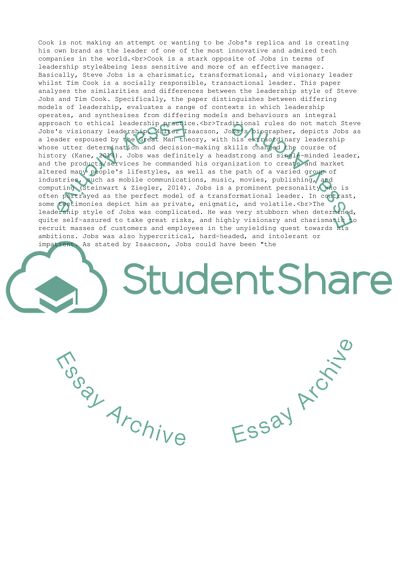Cite this document
('Apple does not have the leadership required to maintain its place as Essay, n.d.)
'Apple does not have the leadership required to maintain its place as Essay. https://studentshare.org/management/1856953-apple-does-not-have-the-leadership-required-to-maintain-its-place-as-market-leader
'Apple does not have the leadership required to maintain its place as Essay. https://studentshare.org/management/1856953-apple-does-not-have-the-leadership-required-to-maintain-its-place-as-market-leader
('Apple Does Not Have the Leadership Required to Maintain Its Place As Essay)
'Apple Does Not Have the Leadership Required to Maintain Its Place As Essay. https://studentshare.org/management/1856953-apple-does-not-have-the-leadership-required-to-maintain-its-place-as-market-leader.
'Apple Does Not Have the Leadership Required to Maintain Its Place As Essay. https://studentshare.org/management/1856953-apple-does-not-have-the-leadership-required-to-maintain-its-place-as-market-leader.
“'Apple Does Not Have the Leadership Required to Maintain Its Place As Essay”. https://studentshare.org/management/1856953-apple-does-not-have-the-leadership-required-to-maintain-its-place-as-market-leader.


